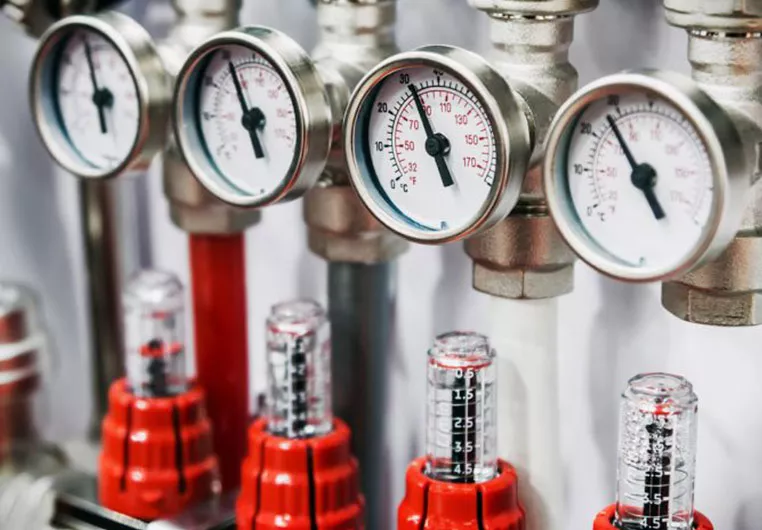swing check valve pn16
Understanding Swing Check Valve PN16 Functionality, Applications, and Benefits
Swing check valves are essential components in various piping systems, particularly within water, wastewater, and industrial applications. Among the different standards and specifications for check valves, the PN16 swing check valve stands out, defined by its pressure rating and suitability for a range of fluids. In this article, we will delve into the design, functionality, applications, and advantages of the PN16 swing check valve.
What is a Swing Check Valve?
A swing check valve is a type of valve that allows fluid to flow in one direction while preventing backflow. The mechanism employs a hinged disc, which swings open when fluid flows through the valve in the intended direction. When the flow decreases or reverses, the disc closes under the influence of gravity and fluid pressure, thereby preventing backflow.
PN16 Classification
The designation PN16 refers to the pressure rating of the valve, which indicates that the valve can handle pressures up to 16 bar (approximately 232 psi). This classification is vital for engineers and designers as it provides a guideline for the operational limits of the valve. The PN16 specification makes these valves suitable for a wide range of applications across various industries, ensuring reliability and performance in medium-pressure environments.
Design and Material Considerations
Swing check valves are available in various designs and materials, allowing for versatility in different environments. Common materials include cast iron, ductile iron, and stainless steel, which provide durability and resistance to corrosion. The choice of material is crucial, especially when dealing with aggressive fluids or extreme temperatures. Additionally, the valve's design must comply with industry standards and specifications, ensuring compatibility with existing piping systems.
Applications of PN16 Swing Check Valves
The PN16 swing check valve finds utility in numerous applications
1. Water Supply and Distribution These valves are frequently used in municipal water supply systems, ensuring the prevention of backflow and protecting water quality.
swing check valve pn16

2. Wastewater Treatment In wastewater applications, swing check valves play a critical role in controlling flow and maintaining system integrity against backflow.
4. Heating and Cooling Systems In HVAC and industrial cooling applications, these valves help maintain proper flow direction, enhancing system efficiency.
Advantages of PN16 Swing Check Valves
1. Efficient Backflow Prevention The primary function of a swing check valve is to prevent backflow, thus protecting system integrity and preventing potential contamination.
2. Low Pressure Drop Swing check valves are designed to enable minimal resistance against fluid flow in the forward direction, which means they maintain pressure efficiency in the system.
3. Simplicity and Reliability The mechanical design of swing check valves is straightforward, leading to lower maintenance needs and reliable operation over time.
4. Versatility The PN16 designation allows for usage across various industries and applications, making these valves a versatile choice for engineers and system designers.
Conclusion
Swing check valves, particularly those rated PN16, are vital components in fluid transport systems. Their design ensures effective backflow prevention while maintaining efficient flow rates, making them suitable for numerous applications. By understanding their functionality, design considerations, and advantages, engineers can make informed decisions when integrating these valves into their systems. The reliability and performance of PN16 swing check valves continue to make them a preferred choice in the industry, promoting safe and efficient operations across various sectors.
-
The Key to Fluid Control: Exploring the Advantages of Ball Valves in Industrial SystemsNewsJul.09,2025
-
The Versatile World of 1, 2, and 3 Piece Ball ValvesNewsJul.09,2025
-
Stainless Steel Ball Valves: The Ideal Choice for Efficient Flow ControlNewsJul.09,2025
-
Optimizing Fluid Control with Ball Float ValvesNewsJul.09,2025
-
Manual Gate Valves: Essential for Control and EfficiencyNewsJul.09,2025
-
Everything You Need to Know About Butterfly ValvesNewsJul.09,2025
-
The Versatility of Wafer Type Butterfly ValvesNewsJul.08,2025




